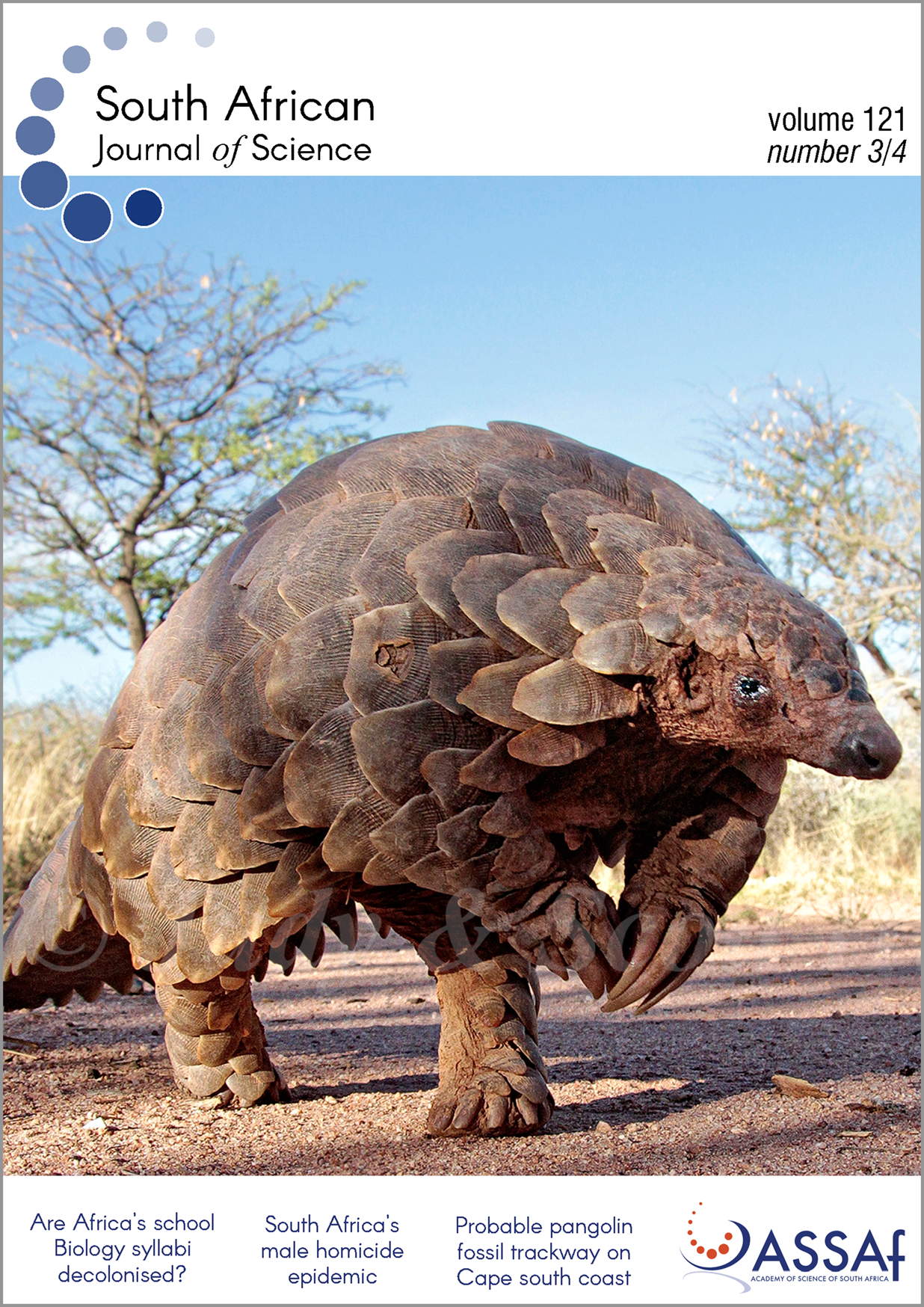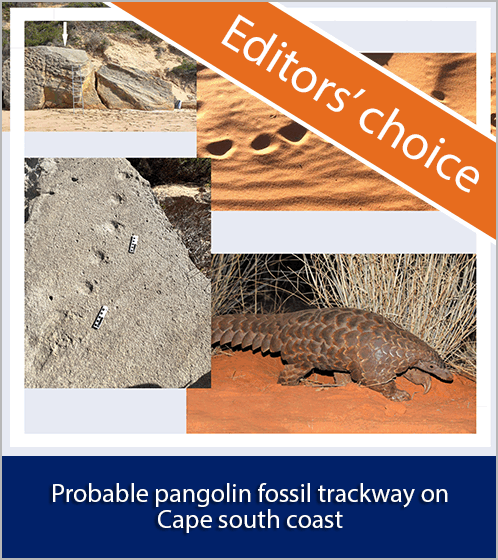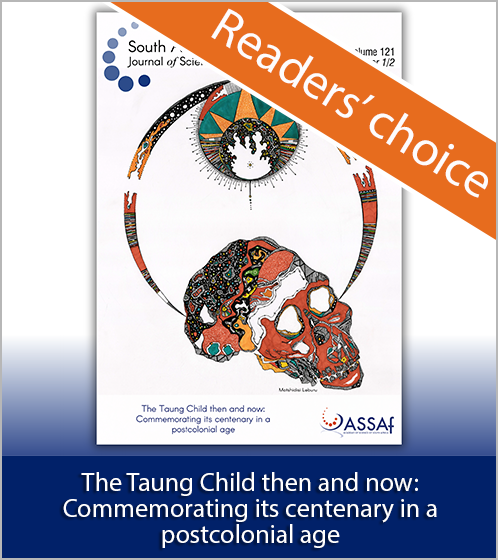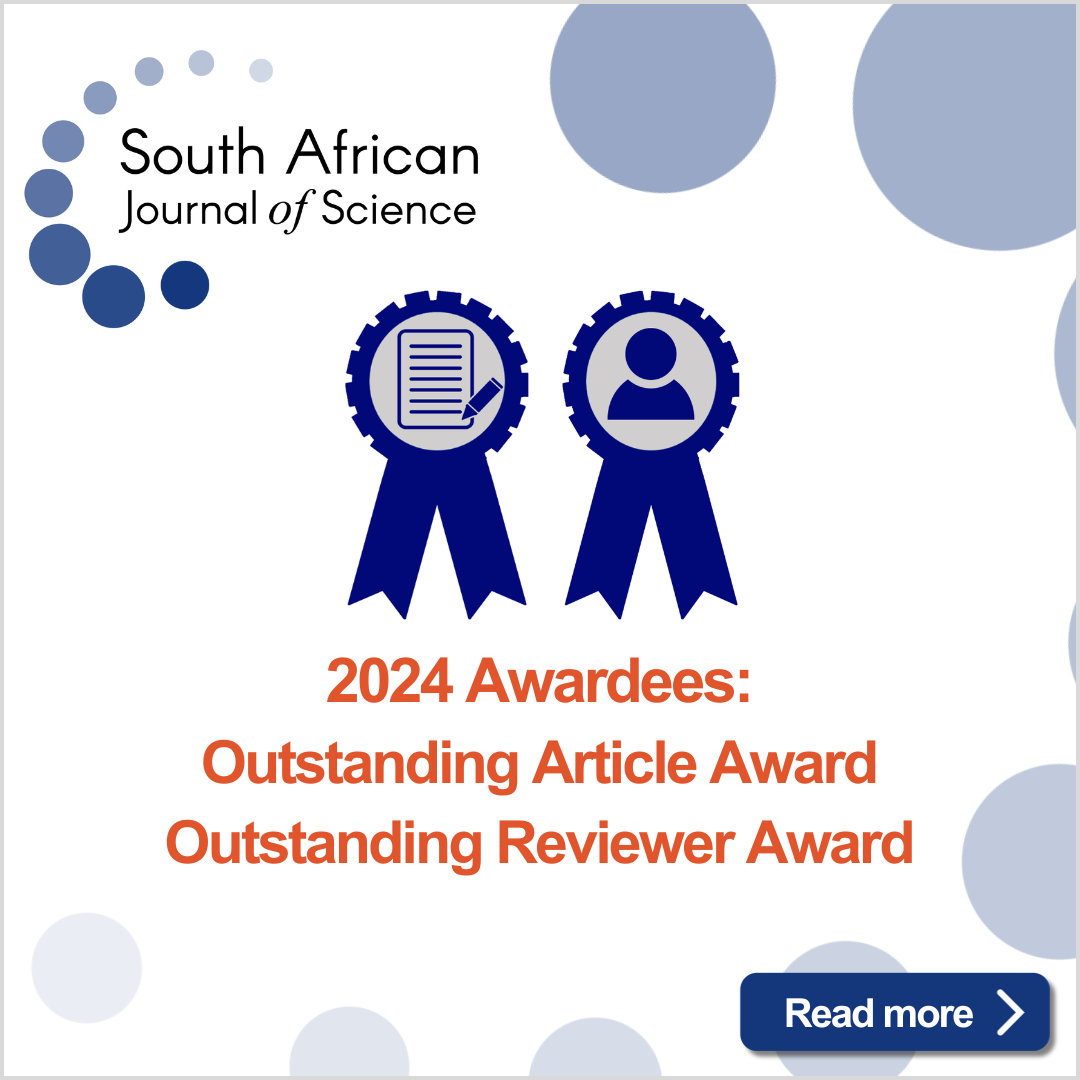Further assessment of a ~2-million-year-old hominin pelvis (DNH 43) from Drimolen Main Quarry, South Africa
DOI:
https://doi.org/10.17159/sajs.2025/17908Keywords:
early hominins, Plio-Pleistocene hominins, locomotion, obstetricsAbstract
The palaeocave site of Drimolen Main Quarry (DMQ) in Gauteng Province, South Africa, has produced fossil hominin material dating to 2.04–1.95 Ma, including craniodental remains attributed to Paranthropus robustus and the earliest specimen of Homo erectus sensu lato along with numerous postcrania of uncertain taxonomic affiliation. Among this collection is a partial pelvis (DNH 43), which includes the sacrum and elements of the right os coxae. Although previously described as showing similarities to the pelvis of Australopithecus and Paranthropus, comparisons across the broader hominin fossil record have been limited and DNH 43 has never been analysed quantitatively. Here we present a partial digital reconstruction of DNH 43 and compare it to an expanded data set of fossil specimens to determine its closest morphological affinities. Overall, the quantitative analysis is congruent with qualitative results reflecting the primitive features of DNH 43, suggesting an Australopithecus/Paranthropus-like anatomy, including small absolute size, relatively small sacroiliac articulation, moderately wide tuberoacetabular sulcus, gracile acetabulosacral buttress, and obstetric dimensions that are relatively broad. A study of this rare articulated pelvis shows that the orientation of the sacrum (pelvic incidence) is similar to that of recent Homo sapiens. Although DNH 43 shares some specific metric similarities with specimens MH2 (Australopithecus sediba) and OH 28 (cf. Homo erectus), the taxonomic relevance is unclear given the poor understanding of Paranthropus and early Homo postcranial variation. Affiliation with Paranthropus robustus (which dominates the DMQ craniodental assemblage) cannot be ruled out, and we consider assignment to that taxon to be a reasonable provisional attribution.
Significance:
- Associated pelvic elements (sacrum and ossa coxae) are rare in the hominin fossil record but provide information on overall body form, locomotion and obstetrics.
- Anatomical assessment and partial reconstruction of specimen DNH 43 from the Drimolen Main Quarry in the Cradle of Humankind, South Africa, thus provides additional insights into pelvic form in a ~2.0-million-year-old hominin.
- The fossil is best attributed to Paranthropus robustus and displays an overall primitive, gracile morphology, but presents with positioning of the sacrum similar to that of recent humans, which differs from prior interpretations of early hominin spinopelvic anatomy.
Downloads
Published
Issue
Section
License

All articles are published under a Creative Commons Attribution 4.0 International Licence
Copyright is retained by the authors. Readers are welcome to reproduce, share and adapt the content without permission provided the source is attributed.
Disclaimer: The publisher and editors accept no responsibility for statements made by the authors
How to Cite
- Abstract 653
- PDF 478
- EPUB 112
- XML 242
- Supplementary material 189
- Peer review history 243
Metrics
Funding data
-
Australian Research Council
Grant numbers Discovery Project Grant DP1700100056) -
University of Colorado












.png)